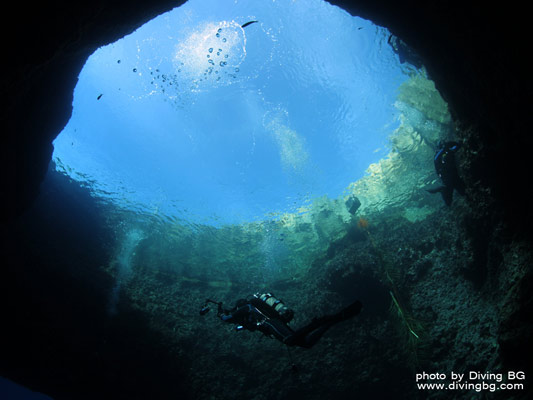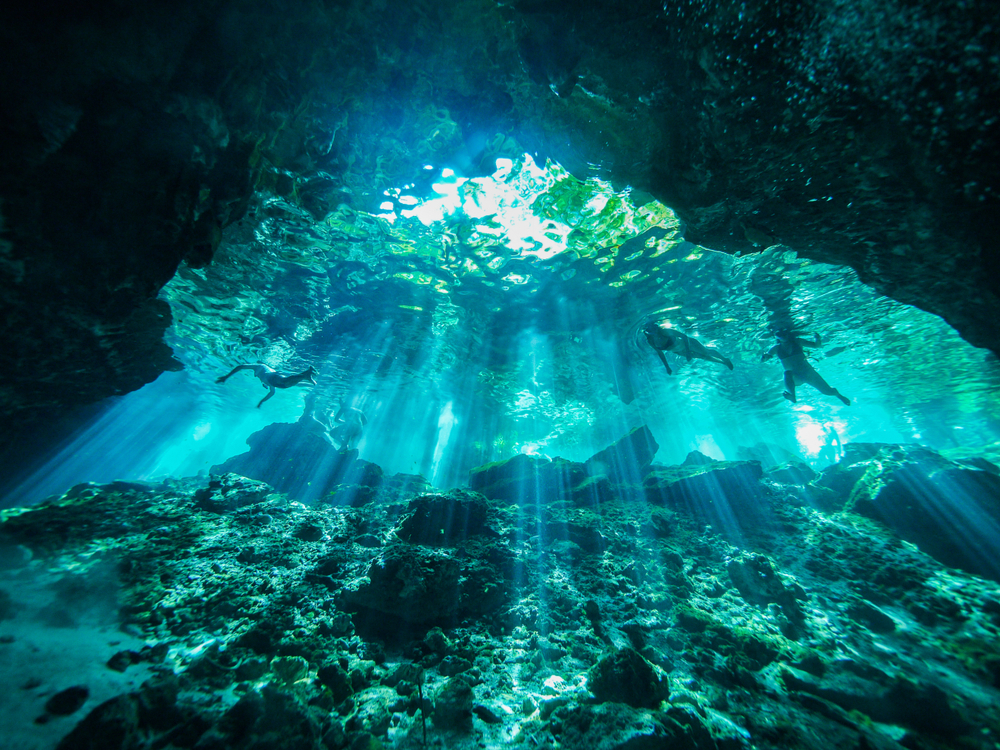"Dream, Dream, Dream! Conduct these dreams into thoughts, and then transform them into action."
- Dr. A. P. J. Abdul Kalam
"Dream, Dream, Dream! Conduct these dreams into thoughts, and then transform them into action."
- Dr. A. P. J. Abdul Kalam
2 Apr 2024
Situated only 60 miles (100 kilometers) off the coast of Belize, THE GREAT BLUE HOLE is an undersea sinkhole that scientists think is the biggest of its type.

( Sources: Google Images)
It is round, over 300 meters (984 feet) wide, and 125 meters (410 feet) deep. It is distinguished by its deep blue hue. It is located in the middle of an atoll known as Lighthouse Reef, where a small lagoon with bright blue seas is surrounded by a coral island. Parts of the ring enclosing the dark blue sinkhole have even been known to break the surface at low tide due to the extremely shallow water levels there. When sea levels were significantly lower during the previous glacial epoch, the sinkhole first developed as a limestone cave. The cave system flooded and finally collapsed as the ocean level rose, forming a "vertical cave" in the water. Because of this, divers frequent the location to witness the geological structures that are now submerged in the water. Although diving is accessible year-round, April through June is said to be the best period to see whale sharks in the region and have greater visibility.

( Source: Google Images)

( Sources: Google Images)
Further History ~
Numerous investigations have asserted that the Blue Hole formed 153,000 years ago. Additionally, British diver and author Ned Middleton gave the Hole the moniker "The Great Blue Hole" in his book "Ten Years Underwater." He reasoned that Belize City might have the Great Blue Hole if Australia could have the Great Barrier Reef. Jacques Cousteau, an underwater explorer, was one among these divers. He made the location well-known in 1971 by ranking it among the top ten dive sites worldwide. At the time, Cousteau verified that the sinkhole had indeed sprung from a limestone cave formation by exploring its depths while navigating his ship Calypso. Below the surface, enormous stalactites and stalagmites were also discovered; some of them were up to 9–12 meters (30–40 feet) in length.
Be Informed Before You Travel ~

( Source: Google Images)
Hotels on Ambergris Caye, Caye Caulker, Turneffe Islands, Long Caye, and Belize City can arrange certain diving trips. Not everyone is eligible to dive the Great Blue Hole; completion of more than 24 dives is a requirement. Since the top of the Hole is surrounded by a reef, snorkeling is permitted, and one can view marine animals there. Unquestionably one of the best diving locations in the world, Belize's Great Blue Hole is also one of the nation's most well-known attractions. You may schedule a joint trip with a local tour operator if you're searching for an affordable method to view the Great Blue Hole. You may go up to the next level and reserve a boat only for your party or even arrange a multi-night catamaran experience if you're looking for something a little more exclusive. If you're not a diver and would rather not take the lengthy boat voyage, you may instead view the Great Blue Hole via helicopter excursions. Fly-over excursions are fantastic since they cover a lot of ground quickly and offer breathtaking aerial views of the whole Blue Hole.